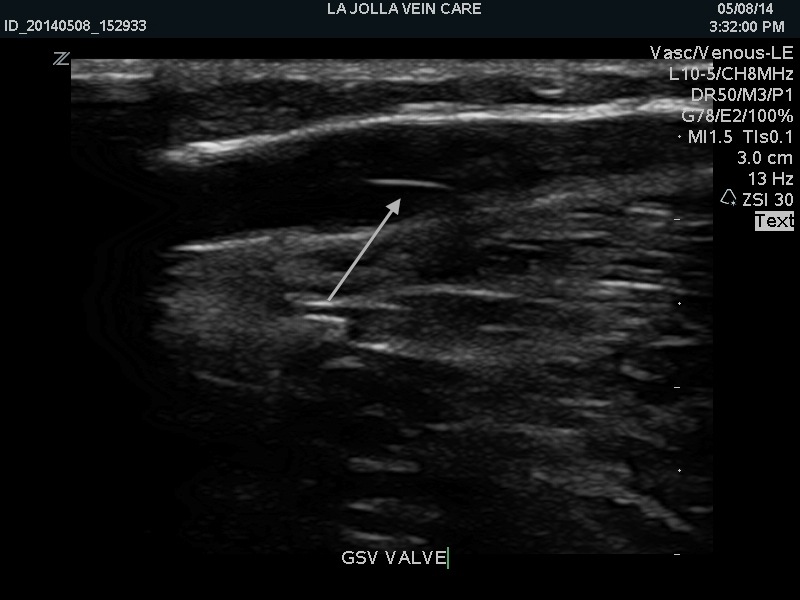Dr. Bunke Featured on San Diego Living Channel 6
Web@ljvascular.com2015-01-20T02:03:56-08:00La Jolla Vein Care’s Dr. Nisha Bunke was a guest on this morning’s episode of San Diego Living on CW’s channel 6. Dr. Bunke spoke about the dangers of varicose veins.









